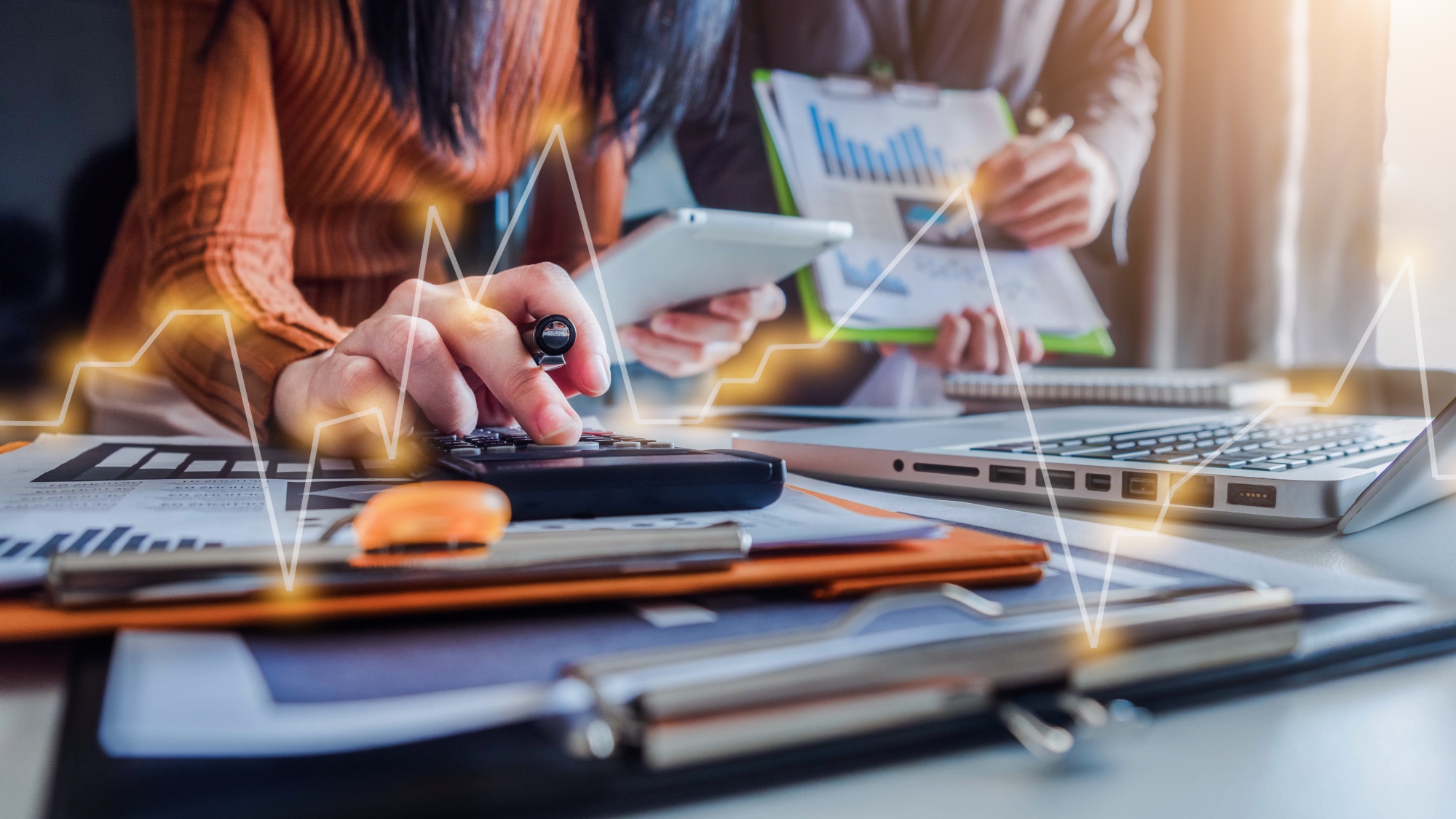Many executives today are overwhelmed by the “buzzwords” surrounding the emerging field of digital transformation. This is particularly true in the supply chain field, where investors and start-ups are throwing around terms such as “Artificial Intelligence”, “Predictive Analytics”, “Machine Based Learning”, Robotic Process Automation, and Generative AI. Executive decision-makers are often reluctant to admit they don’t fully understand what these technologies are all about – but know that the problems they are facing requires a different set of technological solutions.
The reality of what supply chain managers do is a far cry from this future world of machines making decisions. The typical workday of an average supply chain executive is firefighting – putting out one fire after another, often requiring multiple, spur of the moment decisions in response to an on-going set of problems and constraints. These decisions are often made based on rudimentary insights and gut reactions. An outside observer might get the impression that significant technological know-how lies behind supply chain decision-making. But today, that isn’t the case… but it is changing.
Most of the activity that occurs behind the scenes at all stages of the supply chain involves human activity, processing transactions on screens and Excel sheets. Today, there are few efficiencies to wring out of the four walls of manufacturing plants, but massive white space opportunities in the daily activities that supply chain planners, buyers, and contract officers undertake.. This is where the opportunities lie ahead. By applying technologies like Generative AI, organizations will be able to drive efficiencies in the way we work that will that create trillions of dollars in economic value, by reducing working capital, increasing agility, and reducing waste, while making better decisions based on data and analytics, not on gut feel.
What will this look like? My colleague Lt.Col. Dan Finkenstadt, PhD, provided my MBA students a glimpse of what the future will look like. Dan was able to provide us with an overview of what the digital transformation will look like, and how tools like AI can fit into this shift.
Dan began by emphasizing that AI is only one tool in a host of many technologies that are part of Digital Transformation which is underway in many industries. Artificial Intelligence includes very specific technologies: Natural Language Processing, Machine Learning, Generative AI, but also Expert Systems, and Bots. The latter two have been around for many years. Bots are technologies that can grab an API key, and follow a command. (An API is a Application Programming Interface, a set of rules that allows software applications to communicate with one another.). But we are now seeing that Bots are being mixed with other forms of AI – for instance, a Bot might grab spend data and than a Large Language Model would use that data to provide suggestions on opportunities. The retrieval and processing of the information is like a thought process, only the manifestation of the infomration provided is different.
Dan notes there are many other components to the digital transformation underway: technologies such as Block Chain, Internet of Things, Edge Computing, Big Data, Mobile Apps, Virtual Reality / Augmented Reality, Digital Twins, Digital Engineering and Cloud Computing, which are all part the movement from analog to a digital transformation. Dan also discussed the need for different skill sets. Specifically, Digital literacy primarily concerns the skills required to effectively use and engage with digital technologies and media. Data literacy, on the other hand, refers to the ability to read, work with, analyze, and argue with data. It is a more specialized skill set that focuses on the critical thinking and technical abilities needed to handle data effectively.
When it comes to mapping a pathway for digital transformation, Dan suggests that rganizations seeking to build an AI strategy will have to address four primary areas of concern:
1. Could We? – Technical Feasibility and Validation. This is an assessment of whether our organization has the capabilities to adopt AI.
2. Should We? – Ethical and Societal Considerations – is this the right approach, especially considering that technologies like Generative AI are inherently biased, as the source materials are often undocumentable. The problem is that the data that AI is trained on is often not representative of the entire population, and hence is inherently biased.
3. Would We? – Alignment and Value Generation – is there tangible value to be gained from the technology, and if so, how do we measure it?
4. If We?… – Responsible and Effective Execution. People are nervous without thinking about what we might not want to do… it is not a neutral impact – if we don’t use it, will we be passed over? But can we also overuse the technology, and risk the possibility of ruining our brand if we use it for something we shouldn’t.
Dan also distinguished between deterministic and probabilistic AI.
Deterministic AI operates under predefined rules to consistently produce the same output from the same input. Useful for predictable tasks like inventory management and supplier selection, where consistent outcomes based on fixed criteria are essential. It excels in routine decisions and operations management, ensuring stability and consistency in procurement processes.
Probabilistic AI incorporates uncertainty and statistical methods to predict a range of outcomes, which is useful in scenarios with incomplete or ambiguous information. It is ideal for demand forecasting and risk management, providing insights into probable scenarios and enhancing strategic decision-making under uncertainty. It can be used for strategic planning by adapting to dynamic market conditions and planning for various potential scenarios.
Dan then proceeded to provide a number of demonstrations of how to employ Generative AI technologies in a novel fashion. He began by showing students how to create a Powerpoint using the Gamma platform, and also pointed out some of the flaws with relying exclusively on AI to generate presentations. He also provided a purchasing example, examining what would be the key best practices for contingent labor. A demonstration of the Claude generative AI application was also provided, which was also followed up by a critique of its limitations.
Dan ended with an important word of advice to users of Generative AI technologies. “You should know what “right” looks like – so you can know whether the outcome is at least in the ballpark of being “good” or “bad”. Relying exclusively on AI for outcomes without having any subject matter expertise in the area is a bad idea.” This is a great piece of advice for new users to this technology – and also for students who are using it in their course work.
.



